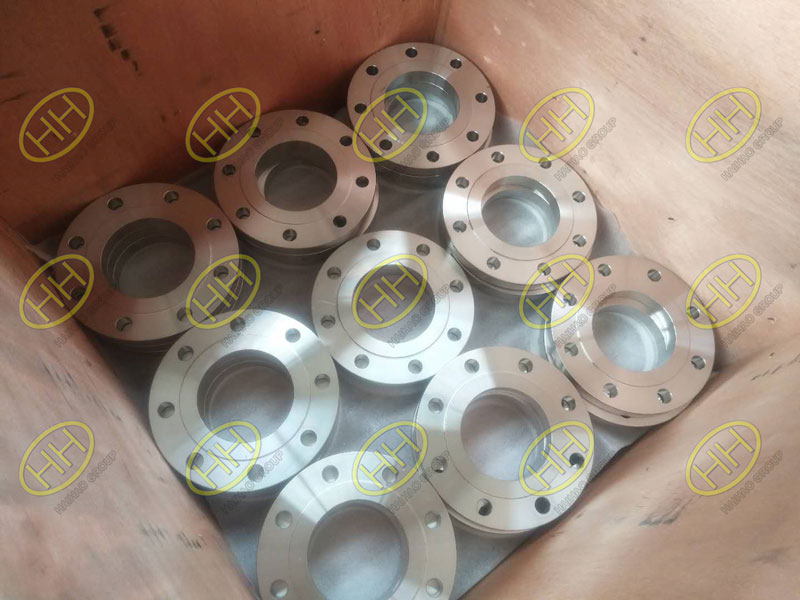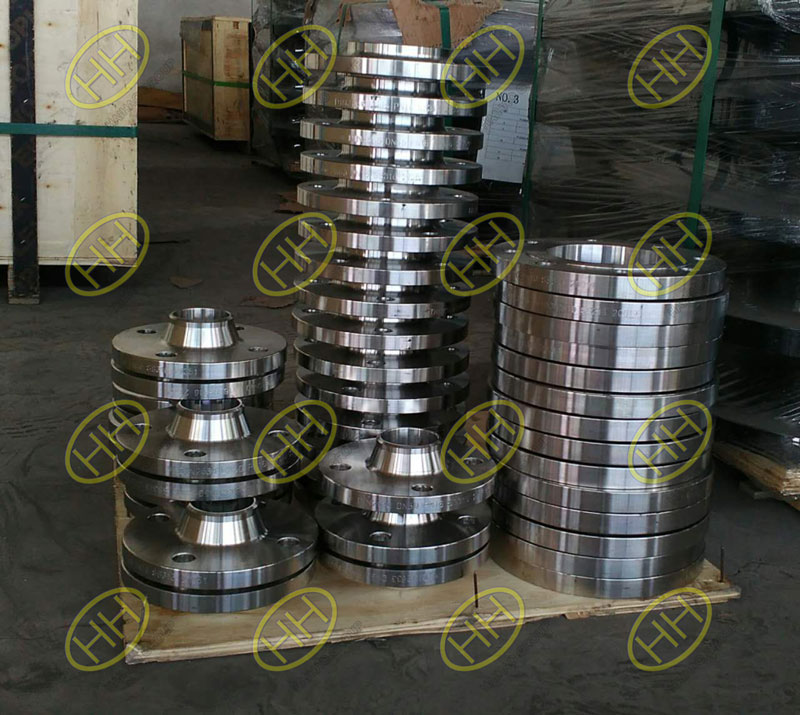With these three methods, there is no problem in stainless steel flange processing
Flanges are parts that connect the pipe to the pipe and are connected to the pipe end. At the same time, the flange is also a disc-shaped part, which is most common in pipeline engineering. The flanges are used in pairs and with the matching flange on the valve. So, do you know what are the common problems in the processing of stainless steel flanges and how to solve them? I will explain them in detail below.
Common problems in stainless steel flange processing:
1.Weld defects: Weld defects on stainless steel flanges are more serious. If manual mechanical sanding is used to make up for them, the resulting grinding marks will cause uneven surfaces and affect aesthetics.
2.Scratches are difficult to remove: overall pickling and passivation, rust will occur due to chemical corrosion or electrochemical corrosion in the presence of corrosive media, and carbon steel that adheres to stainless steel surfaces due to scratches and welding splashes cannot be removed. , Splash and other impurities.
3.Uneven polishing and passivation: after manual polishing and pickling passivation treatment, it is difficult to achieve a uniform and uniform treatment effect for large-area workpieces, and an ideal uniform surface cannot be obtained. There are also disadvantages to the cost of working hours and the cost of excipients.
Solutions for the problem in stainless steel flange processing:
1.In order to weld firmly, bumps are made on the workpiece to be welded, so that the bumps can evenly contact the flat plate before the current welding to ensure that the points are heated uniformly. At the same time, the welding position can be determined. Welding needs to be adjusted. Good preload time, dwell time, hold time, rest time, and ensure that the workpiece can be spot welded firmly.
2.Select blanking. After finishing, enter the next process. Different stainless steel workpieces enter the corresponding process according to the processing requirements.
3.When bending, we must first determine the tools and sipes for bending according to the dimensions on the drawing and the thickness of stainless 304 seamless steel pipe material. Avoiding the collision between the product and the tool to cause deformation is the key to the selection of the upper mold (in the same In a product, different types of upper molds may be used.) The choice of the lower mold is determined according to the thickness of the plate.
The above are the problems and preventive methods when processing stainless steel flanges. If you want to know more about the professional knowledge of flanges and common problems and solutions in some engineering cases, you can visit our website www.weldflange.com, there will be what you want.You also can email to us:sales@haihaogroup.com



